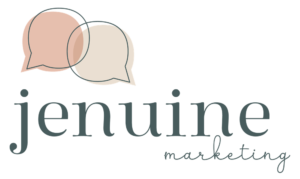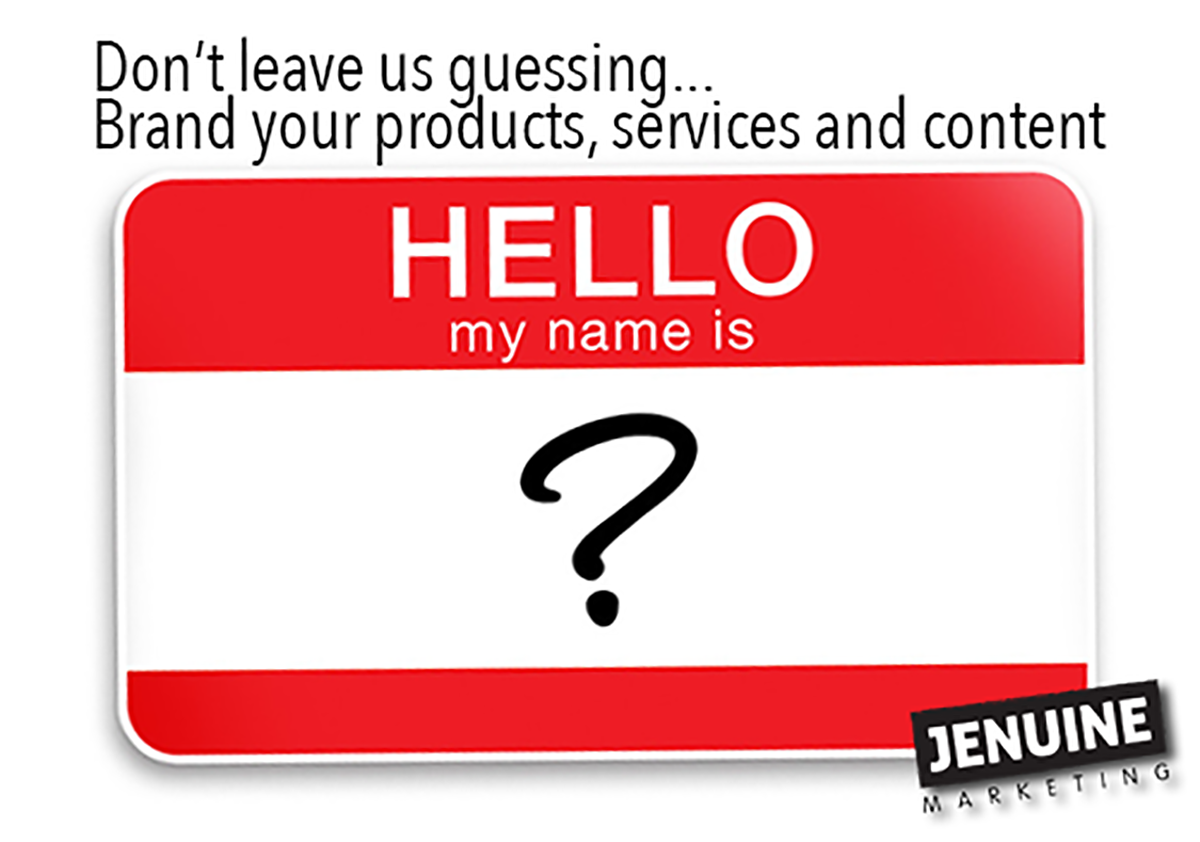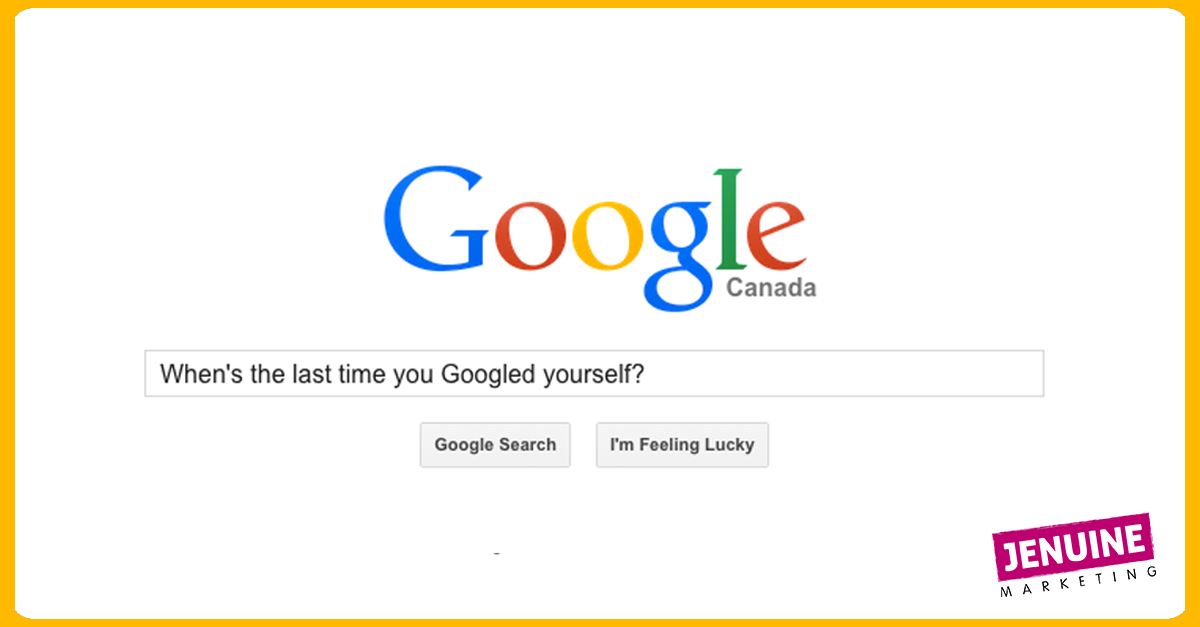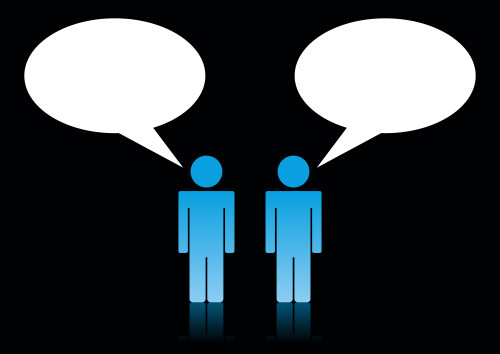 I’ve attended a lot of networking events. And for lots of different reasons, from wanting to meet new friends to hoping to sign new clients to being really interested in the guest speaker. But whatever your reasons for going, don’t forget that the overall purpose of a networking event is to network.
I’ve attended a lot of networking events. And for lots of different reasons, from wanting to meet new friends to hoping to sign new clients to being really interested in the guest speaker. But whatever your reasons for going, don’t forget that the overall purpose of a networking event is to network.
Did you just shiver? A chill went down your spine? Relax. Networking isn’t as scary as we’ve hyped it up to be. Dictionary.com defines networking as “forming business contacts through informal social meetings.” Hey. That doesn’t sound so bad. I mean, forming business contacts could be good for your professional life. And I bet you like social meetings. And wow, they’re even informal!
Okay, now that the scary stuff is out of the way, let’s talk about my top 10 list of things to stop doing at networking events:
1. Not going – Re-read the above definition. Networking isn’t scary, and it can actually be fun. So start responding to those event invitations you receive in your inbox.
2. Arriving late – Usually when you sign up for an event, you will receive an agenda and the first portion will say something like, “9:00 to 9:30 – registration and mingling.” Make sure you don’t skip this section of the event. Actually arriving at the given start time will give you a chance to sort out parking, find the meeting room, and pick up your nametag. Then you can take a deep breath and walk calmly into the room, scope out the situation, and have time to start chatting with all the other interesting people there. Besides, if you arrive late, you will have to take whatever chair is available during the presentation and your seatmates will spend the whole time glaring at you. This does not lead to very positive connections.
3. Forgetting to take your business cards – There’s really no excuse for this. After all, every single day is an opportunity to network with other people, so stash your cards everywhere you can think of – your wallet, purse, briefcase, gym bag, the glove compartment of your car.
4. Handing out your business cards to as many people as possible – This is not networking. This is actually the real-life version of spam email. By all means, don’t be stingy with your cards. But only hand them out to people with whom you actually have conversations.
5. Spending your entire time talking to only one person – You started talking with someone, found some common ground, and the conversation is going great. Actually, you could spend the entire day chatting with them! But please don’t. Instead, politely tell them that you’re having a great time talking with them, but you promised yourself you would try and meet three new people at today’s event. Get their card or their number and email, and tell them you’d like to meet up another time for a coffee or a walk so that you could continue the amazingly awesome conversation. And then get out there and meet another person and make another connection.
6. Surrounding yourself with people you already know – This isn’t how you network. It’s actually just plain rude, and there’s no need to form a big clique in the middle of the room. Take advantage of the event as an opportunity to meet new people. We can always use new friends, and we can certainly appreciate new business contacts.
7. Not having an elevator pitch ready – “So what do you do?” This is probably the most-asked question at networking events, and you should have a short 15-30 second summary ready to share. Keep it brief, but also make it interesting. For example, “I send e-newsletters for businesses and I work on their social media profiles” is true but boring. “I help business owners and CEO’s tell their companies’ stories online, using e-newsletters and social media” is also true, but much more engaging. Cathy Goddard of Lighthouse Visionary Solutions has posted about elevator pitches. And Melanie Anne Bitner of Brand-Her.com is the dynamite person who helped me find clarity when talking about my business.
8. Selling hard – Remember that definition I shared at the beginning of the post? Did it include the word ‘sell?’ Nope, I didn’t think so either. Networking events aren’t about trying to sign up as many new clients as possible. Rather, you should focus on connecting with others and expanding your network of contacts. Later, you can work on building a level of rapport with the people you’ve met, and share ways in which you and your business can help satisfy their needs.
9. Only talking business – No one said you had to ‘talk shop’, so skip the boring speech about what you do at work every day and instead, find meaningful ways to connect with other people. Talk about hobbies, interesting articles you read, or upcoming events in the community. If the conversation shifts back to work-related topics on its own, perfect. If not, don’t worry. You are making a connection, and you can always talk about your business at a later time.
10. Not following up – So you met interesting people, had meaningful conversations, and exchanged business cards. Great. Now it’s time to follow up! Send an email saying how much you enjoyed speaking with them, and that you’d like to stay in touch. Or that you’d like to set up a meeting, talk over the phone, or that you’ve attached that cool article you mentioned. Ideally, try to connect within twenty-four hours of the event, so that faces and conversations are still fresh in their memory.
There you have it, my guide to better networking events. Do you have any tips to share?
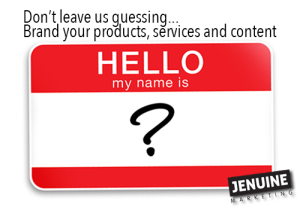 And it especially applies to all of the online content that you are creating and sharing on your website, blog and social media networks, such as whitepapers, online videos, photos and quotes. When it comes to social media, it’s all about sharing. So if people are going to spread around the content that you spent your precious time creating, it better have your name written all over it! Have a fun quote that you want to share? Use a free online photo tool such as PicMonkey to add your company’s logo and website address. Sharing a free whitepaper on your website? Put your company’s contact info on all of the pages and include a call-to-action at the end.
And it especially applies to all of the online content that you are creating and sharing on your website, blog and social media networks, such as whitepapers, online videos, photos and quotes. When it comes to social media, it’s all about sharing. So if people are going to spread around the content that you spent your precious time creating, it better have your name written all over it! Have a fun quote that you want to share? Use a free online photo tool such as PicMonkey to add your company’s logo and website address. Sharing a free whitepaper on your website? Put your company’s contact info on all of the pages and include a call-to-action at the end.